Disclosure: This article contains affiliate links. We may earn a commission from purchases at no extra cost to you, which helps our travel content.
There's something magical about standing at the Chicago Riverwalk at golden hour, when the late afternoon sun transforms glass skyscrapers into glowing towers of amber and gold. It's like watching the world's most beautiful baseball stadium light up for a night game, except this stadium is an entire city. My daughter Emma and I discovered Chicago's architectural wonders five years ago during what I called our 'healing tour' after the divorce. What started as a distraction became a shared passion that changed how we both see cities. Chicago isn't just a collection of impressive buildings—it's America's architectural all-star lineup, where every structure tells a story about innovation, ambition, and the relentless human desire to reach higher. Whether you're architecture buffs or simply appreciate beautiful cityscapes, this weekend walking tour hits all the bases while leaving room for spontaneous discoveries that make travel memorable.
Day One: The Loop's Greatest Hits
The Chicago Loop offers the perfect starting point for any architectural exploration—it's like the leadoff hitter in your lineup, setting the tone for everything that follows. Begin your morning at Millennium Park, where the gleaming curves of the Cloud Gate sculpture (affectionately known as 'The Bean') provide the perfect mirror to capture Chicago's skyline in one frame. It's a mandatory photo op, but try visiting before 9 AM to avoid the crowds that gather like fans before a playoff game.
From there, walk south to the Chicago Cultural Center, home to the world's largest Tiffany glass dome. Admission is free, and the intricate mosaics and stunning dome create a cathedral-like atmosphere that makes even whispers seem reverent. During my first visit with Emma, we sat beneath the dome for nearly thirty minutes without speaking, just absorbing the play of colored light across the marble floor.
After lunch (Lou Malnati's deep dish is my go-to splurge), head to the Chicago Architecture Center on East Wacker Drive. Their exhibits provide crucial context for what you'll be seeing, and I highly recommend picking up a detailed architecture guidebook to enhance your self-guided explorations. The center also offers the famous Chicago Architecture Foundation River Cruise—worth every penny for the unmatched perspectives of the buildings from the water.
End your day with a visit to the Willis Tower Skydeck (formerly Sears Tower). Yes, it's touristy, but stepping onto those glass ledges 1,353 feet above the ground delivers a thrill that never gets old. Pro tip: purchase your tickets online with a city pass to save both money and time waiting in line.
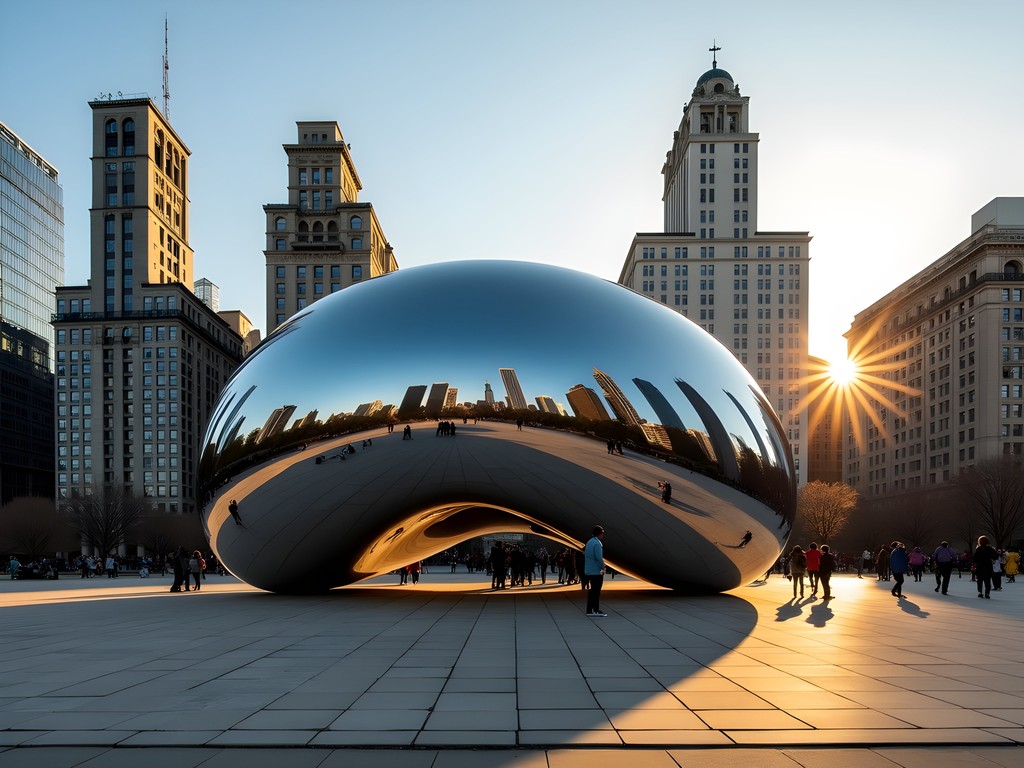
💡 Pro Tips
- Visit The Bean before 9 AM to avoid crowds
- The Chicago Architecture Center offers student discounts—bring ID if applicable
- Many buildings offer free entry during Open House Chicago in October
The Magnificent Mile & Historic Gems
Day two begins with a stroll up Michigan Avenue's Magnificent Mile, where historic buildings stand shoulder to shoulder with modern retail palaces. It reminds me of baseball's evolution—respecting tradition while embracing innovation. Start at the Tribune Tower, a neo-Gothic masterpiece adorned with stones collected from famous buildings worldwide. The facade contains fragments from the Great Wall of China, the Taj Mahal, and even the Great Pyramid—a scavenger hunt embedded in architecture.
Continue north to the Wrigley Building, its gleaming white terra cotta facade serving as Michigan Avenue's unofficial gateway. The building is particularly stunning when illuminated at night, making it worth a return visit after dinner. Across the street stands the London Guarantee Building (now LondonHouse Chicago), a Beaux-Arts beauty topped with a cupola offering some of the city's best rooftop views.
Take a slight detour east to the Chicago Water Tower and Pumping Station—rare survivors of the Great Chicago Fire of 1871. These yellowish limestone structures represent the phoenix-like quality of Chicago, a city that refused to stay down after disaster. I remember Emma asking why they looked so different from everything around them; explaining how they survived the fire became an impromptu history lesson about Chicago's resilience.
For lunch, duck into the historic Walnut Room at Macy's (formerly Marshall Field's) on State Street. The ornate dining room dates back to 1907 and serves comfort food beneath crystal chandeliers. If you're visiting during the holidays, their towering Christmas tree creates a magical atmosphere worth the inevitable wait for a table.
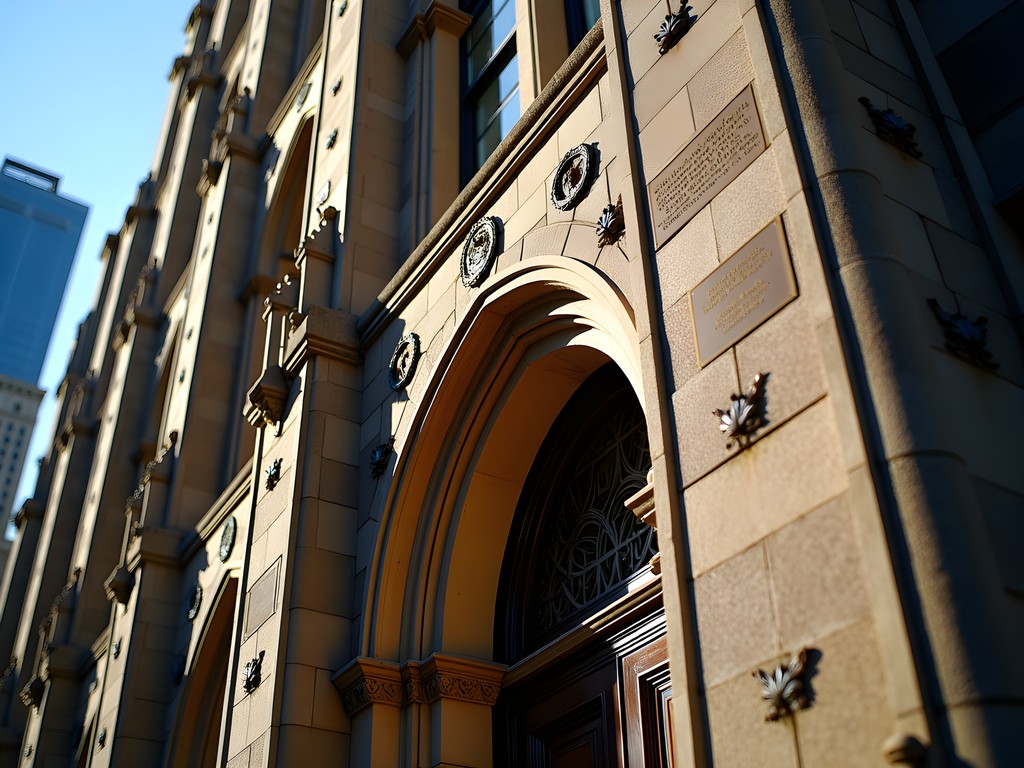
💡 Pro Tips
- The Chicago Water Tower has a free art gallery inside that makes for a perfect short break
- Use the Pedway system if the weather turns nasty—these underground passages connect many downtown buildings
- Many historic building lobbies are open to the public—don't be shy about stepping inside to admire the details
Frank Lloyd Wright's Prairie Revolution
No architectural tour of Chicago would be complete without paying homage to Frank Lloyd Wright, whose Prairie School designs revolutionized American architecture. Dedicate your morning to exploring Oak Park, just a 25-minute Green Line ride from downtown. This leafy suburb contains the world's largest collection of Wright-designed buildings, including his home and studio where he developed his distinctive Prairie style.
The Frank Lloyd Wright Home and Studio offers guided tours that provide intimate glimpses into the architect's evolving vision. Walking through these spaces, you can feel Wright's genius in the interplay of light, space, and natural materials. During my visit, I was struck by how modern these century-old designs still feel—like watching footage of Babe Ruth and realizing his swing would still work in today's game.
After the tour, grab the self-guided walking tour map (or download the Oak Park architecture app) and explore the neighborhood's Wright-designed homes. The Arthur Heurtley House and the Nathan Moore House showcase different periods in Wright's development, while Unity Temple demonstrates his mastery of concrete construction and interior light.
Before heading back downtown, stop for lunch at Poor Phil's, a local favorite with excellent seafood and an impressive beer selection. If you're serious about architecture, I'd recommend bringing a good camera with a wide-angle lens to capture Wright's interiors and exterior compositions. My phone camera never quite does justice to the subtle details and proportions that make these spaces so revolutionary.
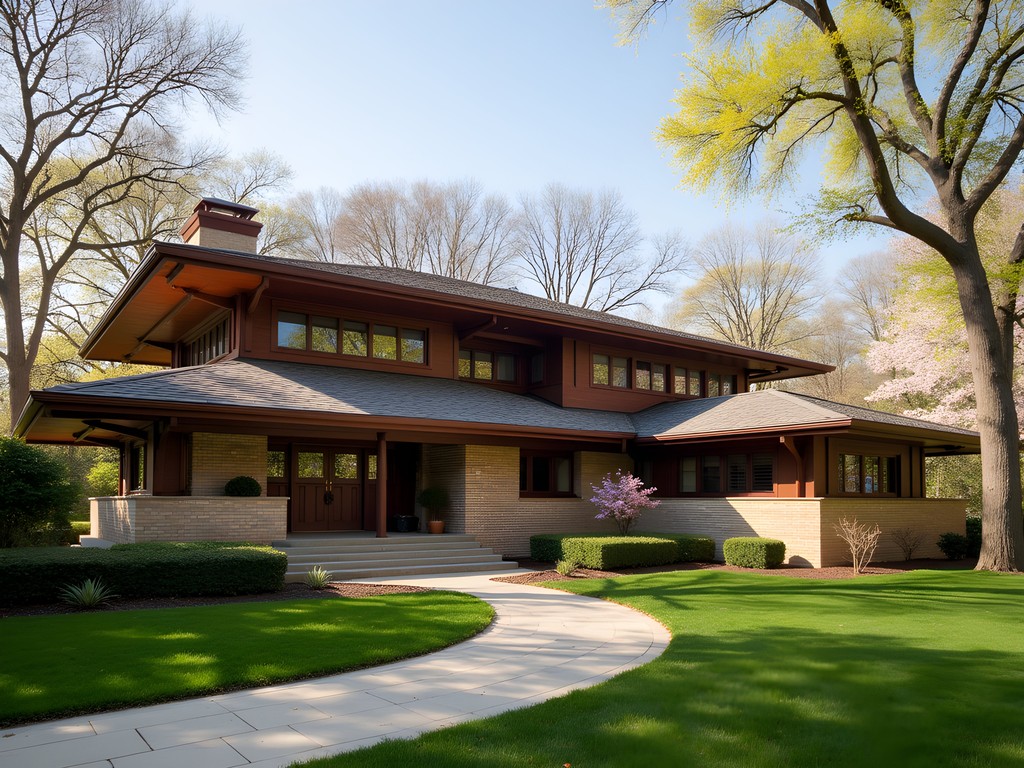
💡 Pro Tips
- Book Frank Lloyd Wright Home and Studio tours in advance—they sell out quickly in peak season
- The Oak Park Visitors Center offers excellent free maps of Wright buildings in the area
- Unity Temple requires separate tickets from the Home and Studio tour
Modern Marvels & Contemporary Icons
Chicago's architectural innovation didn't stop with the early skyscrapers or Prairie School—the city continues to push boundaries with contemporary designs that will be tomorrow's landmarks. Start this portion of your tour at Millennium Park again, this time focusing on the Jay Pritzker Pavilion designed by Frank Gehry. The billowing stainless steel ribbons create an outdoor concert venue that's as much sculpture as it is functional space.
From there, walk to the Modern Wing of the Art Institute, Renzo Piano's light-filled addition that seems to float above the ground. The building itself is worth admiring even if you don't have time for the exceptional art collection inside. The floating staircase and glass-enclosed bridges offer unique perspectives of the city and park.
Head north to see Studio Gang's Aqua Tower, where undulating balconies create the illusion of rippling water across the facade. Nearby, the same architect's Vista Tower (now St. Regis Tower) has recently become Chicago's third-tallest building, with a distinctive sapphire blue glass exterior and a fascinating 'blow-through' floor that allows wind to pass through the building.
For the perfect end to your architectural tour, book a table at Cindy's rooftop restaurant atop the Chicago Athletic Association Hotel. The glass-enclosed space offers panoramic views of Millennium Park and Lake Michigan, plus craft cocktails that make for a perfect toast to the city's architectural legacy. I still remember Emma's wide eyes when we first stepped onto that rooftop—at fourteen, she declared it 'the coolest place ever,' a rare teenage endorsement I couldn't argue with.
To capture these modern marvels properly, I recommend a wide angle lens that can handle both interior spaces and towering exteriors. The ultra-wide perspective helps convey the scale and drama of these contemporary giants.
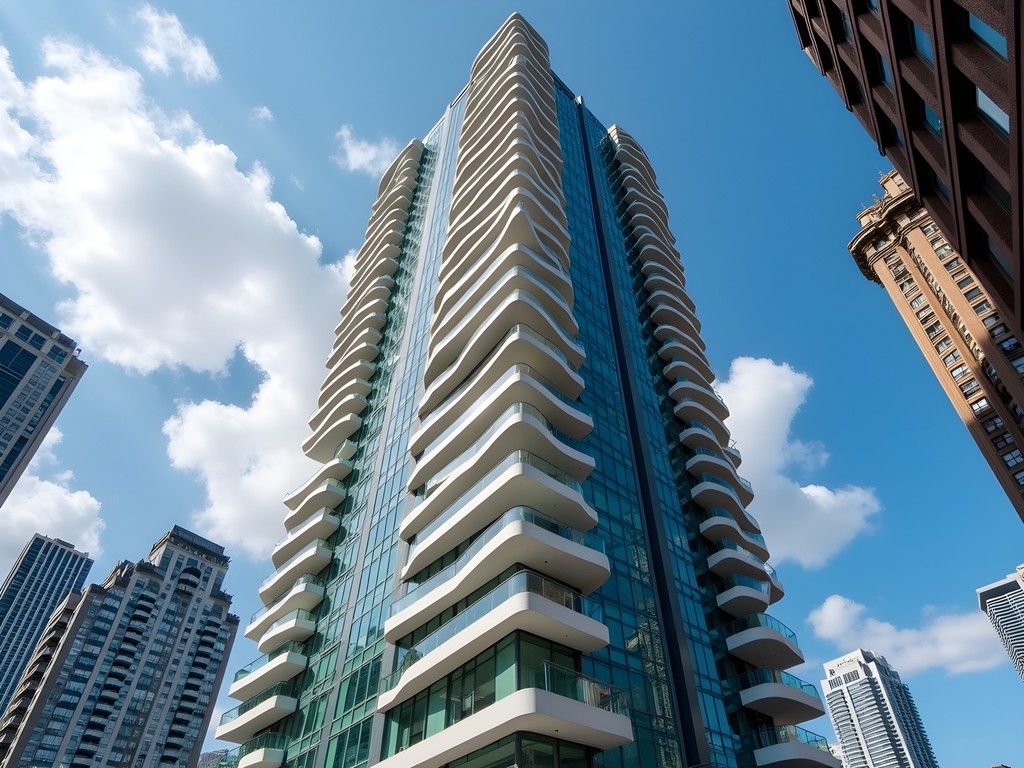
💡 Pro Tips
- Many modern skyscrapers have public lobbies with architectural exhibits about their design
- The Chicago Architecture Center offers specialized tours focusing just on contemporary architecture
- Visit Cindy's rooftop restaurant during weekdays to avoid long waits for tables with the best views
Hidden Architectural Gems Off the Beaten Path
While the marquee buildings get all the attention, Chicago's architectural depth extends far beyond the famous skyscrapers. Like a baseball team that wins with contributions from unheralded players, these lesser-known gems add richness to the city's built environment.
Start with the Fisher Building on South Dearborn, an ornate 1896 structure that pioneered the use of terra cotta in skyscraper design. Its elaborate facade features aquatic creatures and intricate patterns that reward close inspection. Nearby, the Rookery Building offers one of the city's most spectacular interior light courts, redesigned by Frank Lloyd Wright in 1905. Pay the small fee to access the spectacular spiral staircase—it's worth every penny for photographers.
For something completely different, take the Blue Line to Logan Square and visit the Stan Mansion, a 1926 Masonic Temple converted into an event space. Its ornate Byzantine-Romanesque facade stands in stark contrast to the neighborhood's otherwise modest buildings. While you're in the area, the Palmer Square district offers excellent examples of Chicago's residential architecture, from graystones to worker cottages.
On the South Side, the Pilgrim Baptist Church (currently being restored after a fire) was originally designed as a synagogue by Adler & Sullivan and represents some of Louis Sullivan's finest work. The nearby Glessner House Museum offers a fascinating look at residential design from the Gilded Age.
To keep track of all these architectural treasures, I use a travel journal to sketch details and make notes about interesting features. Emma used to laugh at my rough drawings, but they've helped me remember specific architectural elements far better than photos alone. Plus, there's something satisfying about putting pen to paper when documenting these magnificent structures.
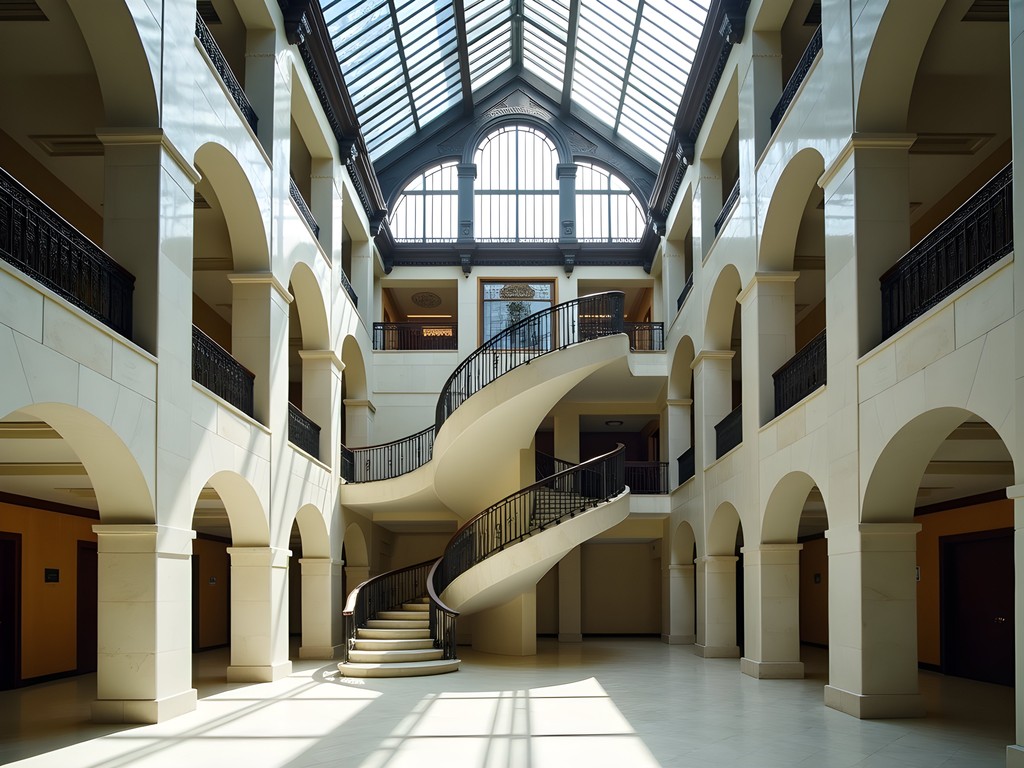
💡 Pro Tips
- Many historic buildings offer free tours on weekdays when they're less busy
- The Chicago History Museum has excellent exhibits on vernacular architecture and neighborhood development
- Check the Chicago Architecture Center's calendar for special access events to buildings not normally open to the public
Final Thoughts
As I stood at the Chicago Riverwalk on our final evening, watching the architectural lights come on one by one across the skyline, I couldn't help but think about how buildings, like baseball stadiums, become repositories for our collective memories. Chicago's architectural marvels aren't just technical achievements—they're storytellers, witnesses to history, and containers for countless human experiences. Whether you're an architecture enthusiast or simply someone who appreciates human creativity, this city offers an unparalleled opportunity to see the evolution of American design in a single weekend. Bring comfortable shoes, a curious mind, and leave room in your itinerary for those unexpected discoveries that make travel meaningful. Chicago's architectural all-stars are ready to play—you just need to show up for the game.
✨ Key Takeaways
- Chicago's architecture spans over 150 years of American design innovation, offering a walkable timeline of architectural history
- Spring offers ideal weather and smaller crowds for architecture photography and outdoor exploration
- Combining famous landmarks with hidden gems creates a more authentic architectural experience
- Taking guided tours provides crucial context that enhances appreciation of the buildings' significance
📋 Practical Information
Best Time to Visit
April-June or September-October
Budget Estimate
$150-250 per day per couple (excluding accommodations)
Recommended Duration
2-3 days
Difficulty Level
Easy



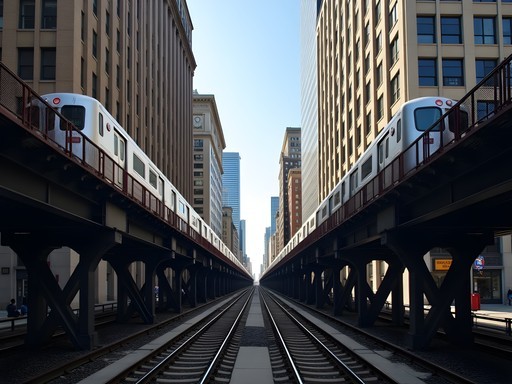
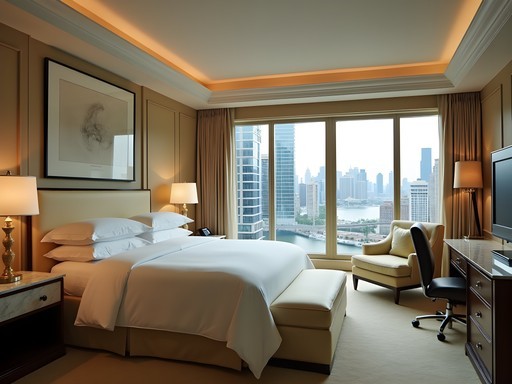






Comments
Kimberly Murphy
This brought back such wonderful memories! Chicago's architecture scene is truly world-class. I'd add that the river architecture tour is ABSOLUTELY worth doing - seeing these buildings from the water gives you a whole different perspective! We did an evening tour when all the buildings were lit up and it was magical. Also, don't miss the hidden architectural gems in the financial district - the lobby of the Marquette Building has the most gorgeous mosaic work. For those with limited time, I'd prioritize the Chicago Cultural Center (free!), the Rookery, and at least one Frank Lloyd Wright building. Oh, and wear comfortable shoes - we clocked over 25,000 steps on our architecture day!
islandnomad
Pro tip for anyone following Brian's route: the Chicago Architecture Center offers a great combo ticket that includes access to their exhibits plus one of their tours. Saved us some money and their model city exhibit gives you a great overview before hitting the streets!
globeguy
That golden hour shot of the Carbide & Carbon Building is absolutely stunning! What camera did you use?
Jean Wells
Having studied architectural history for years, I found your analysis of Chicago's architectural evolution quite insightful, Brian. The juxtaposition of Beaux-Arts classicism against Chicago School pragmatism creates a fascinating dialogue throughout the city. When I visited last autumn, I utilized the architectural guide which provided excellent contextual information about each building's structural innovations. One element I'd add to your itinerary is the hidden architectural gems in Bronzeville and Pullman, where the social history is as compelling as the design elements. The adaptive reuse of industrial spaces in these neighborhoods tells a different but equally important story about Chicago's architectural heritage.
backpackexplorer
Is the architecture boat tour worth it? Or better to just walk around like you did?
islandnomad
100% do the boat tour! Different perspective from the water and the guides are incredibly knowledgeable. Then do the walking tour after to see interiors.
backpackexplorer
Awesome, thanks! I'll do both then.
freeking509
Great post! I'm heading to Chicago next month with only 2 days. If you had to pick just 3 buildings to see, which would they be?
Jean Wells
Not Brian, but I'd recommend the Chicago Cultural Center (for the Tiffany dome), Tribune Tower (for the embedded artifacts from famous sites worldwide), and the Aqua Tower (for its unique undulating balconies). All are within walking distance of each other.
freeking509
Thanks Jean! That's super helpful. I'll definitely check those out.
Sophia Gomez
Brian, your post brought me right back to my business trip to Chicago last spring! I extended my stay by two days specifically to explore the architecture. The Rookery's light court was a highlight - something about that Burnham & Root design with the Frank Lloyd Wright lobby renovation just captivates me every time. I actually took a similar route through The Loop but never made it to the Frank Lloyd Wright homes in Oak Park. Adding that to my list for next time! Did you have a favorite building that surprised you?
globeguy
The Rookery is incredible! Did you get to see the spiral staircase? I almost missed it my first visit.
Sophia Gomez
Yes! That oriel staircase is a hidden gem. I got some amazing photos there. The details throughout that building are just stunning.
freegal
Chicago's architecture is unmatched! The riverwalk at sunset is absolutely magical, just like you described.
travelwithsam
How walkable is this itinerary? Can it be done with kids?
waveninja
Not the author but we did it with our 10-year-old. The Loop part is very walkable, but you'll want to use public transit between the different neighborhoods. The L train is actually fun for kids!
Brian Flores
Waveninja is right - each neighborhood section is walkable, but you'll want to use transit between them. For kids, I'd recommend breaking it into shorter segments and mixing in some interactive stops like the Crown Fountain at Millennium Park.
chicagolover42
If you're into photography, bring a wide angle lens! I struggled to capture those skyscrapers with my standard lens. Also, the Architecture River Cruise is worth every penny - different perspective than walking.
Venture X
Premium card with 2X miles, $300 travel credit, Priority Pass